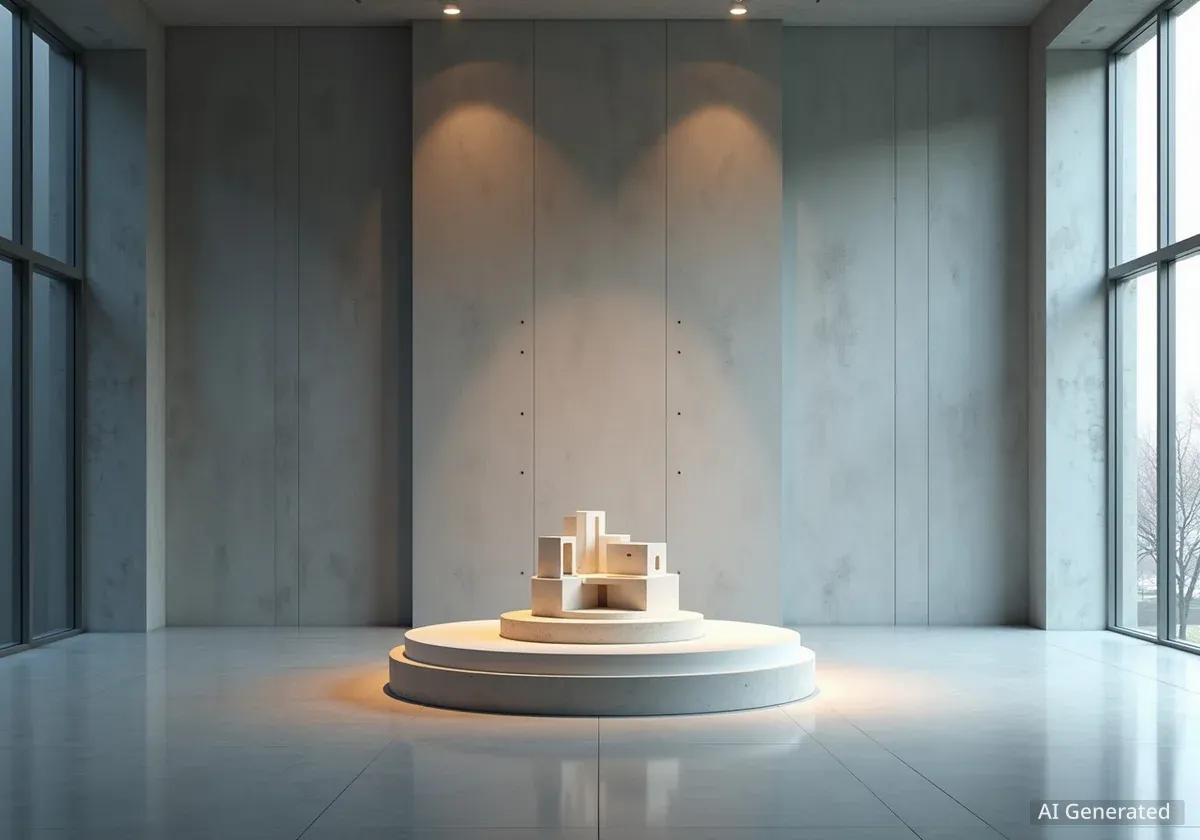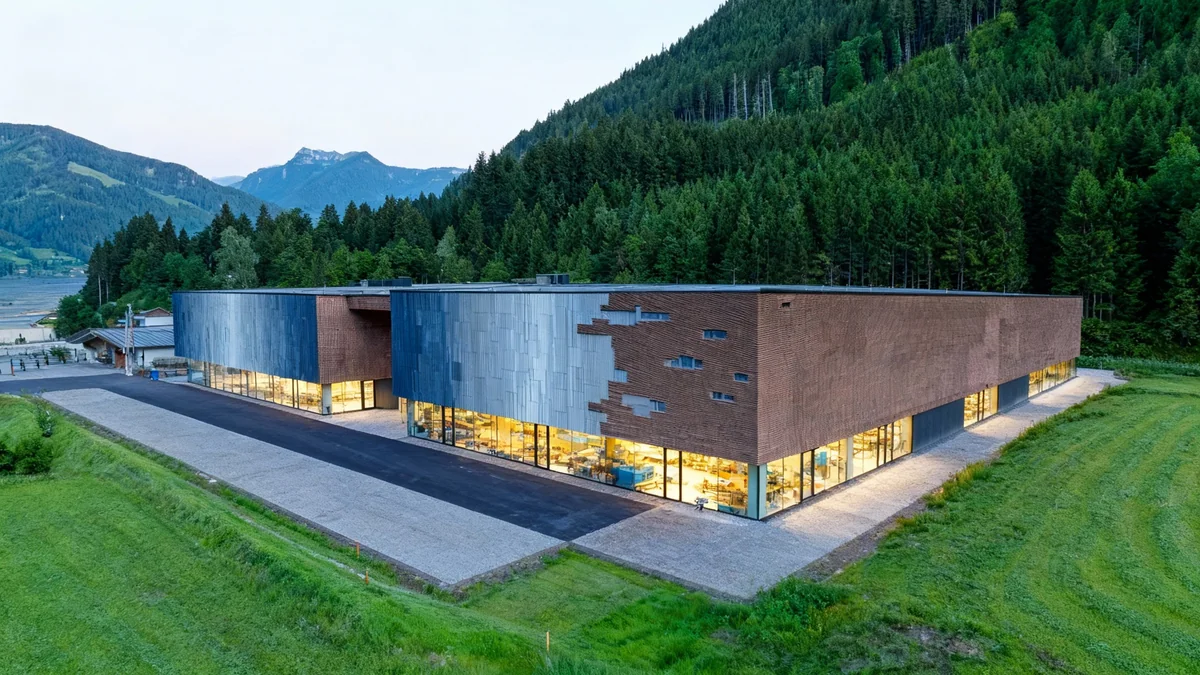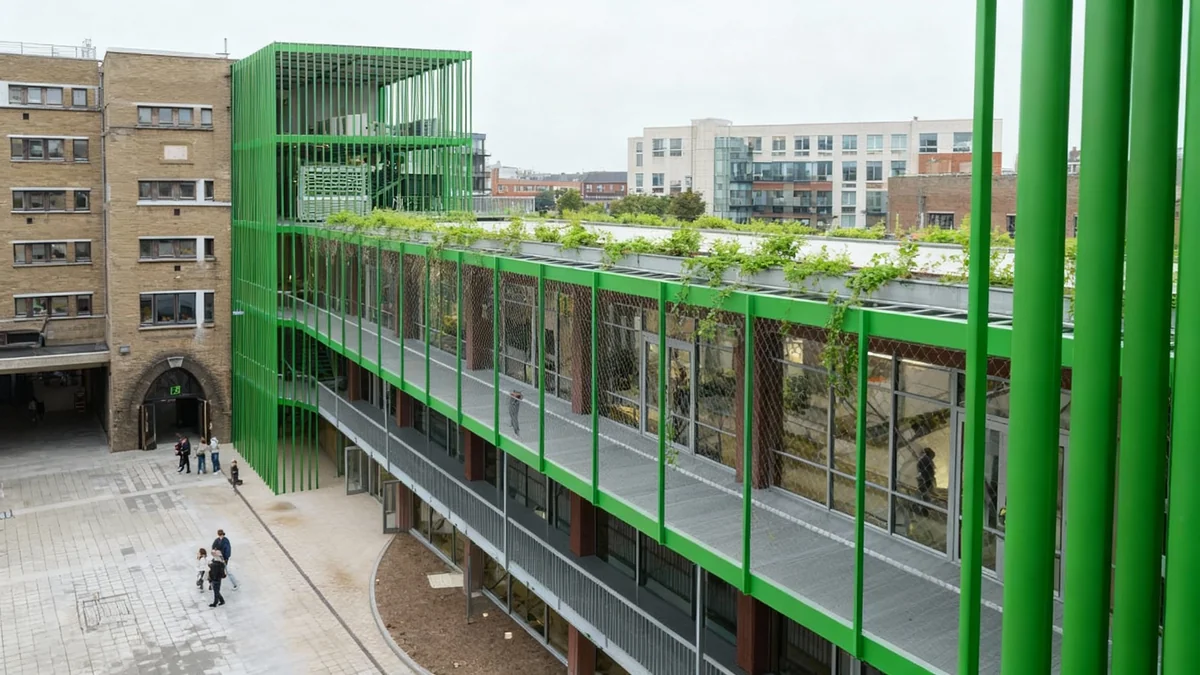Christian de Portzamparc, a prominent French architect and urban planner, has been named the recipient of the 2026 Andrée Putman Lifetime Achievement Award. This prestigious honor, presented by the Créateurs Design Awards (CDA), recognizes his significant impact on architectural design and city development. The award ceremony is scheduled for January 17, 2026, in Paris, where de Portzamparc will accept the accolade in person.
Key Takeaways
- Christian de Portzamparc receives the 2026 Andrée Putman Lifetime Achievement Award.
- The award acknowledges his contributions to architecture and urban planning.
- De Portzamparc is the first French architect to win the Pritzker Prize (1994).
- His work emphasizes integrating architecture with civic life and urban context.
- The ceremony will take place in Paris on January 17, 2026.
Recognizing a Visionary Architect
The Créateurs Design Awards selected de Portzamparc for his profound influence. His work spans decades, shaping both physical environments and architectural discussions. This award places him among a distinguished group of professionals whose designs have left a lasting mark on global architecture.
Born in Casablanca in 1944, de Portzamparc pursued his architectural studies at the École Nationale des Beaux-Arts in Paris. He trained under notable figures such as Eugène Beaudouin and George Candilis. During the 1970s, he critically examined modernist architectural principles. He dedicated extensive time to exploring the social responsibilities of architecture, often collaborating with sociologists to gain deeper insights into urban neighborhoods and cities.
Architectural Context
Modernism in architecture, popular in the early to mid-20th century, emphasized functionalism, clean lines, and mass production. While it offered solutions for rapid urban growth, critics often pointed to its potential for creating impersonal or isolated environments. De Portzamparc's work often sought to address these limitations by focusing on human scale and community interaction.
Developing the 'Open Block' Concept
De Portzamparc returned to active practice in 1979. This marked the beginning of his distinctive approach to urban design. The Haute-Formes housing project in Paris stands as an early example of his vision. He rejected conventional tower block designs, which were common at the time.
Instead, he proposed an alternative model. This model centered around squares, arcades, and smaller, more integrated buildings. This approach laid the foundation for his concept of the "open block." The open block rethinks urban layouts by balancing public and private spaces, creating more dynamic and livable cityscapes.
"For an architect, achievement is the sum of buildings or neighborhoods. Nothing is more beautiful than walking through what one has created and hearing the joy of those who inhabit or work within these spaces." - Christian de Portzamparc
A Career of Landmark Projects and Awards
De Portzamparc's career is marked by a consistent exploration of form, function, and urban integration. In 1994, he made history by becoming the first French architect to receive the Pritzker Architecture Prize, one of the highest honors in the field. This recognition solidified his status as a leading figure in global architecture.
Key Achievements
- 1993: Grand Prix National de l'Architecture
- 1994: Pritzker Architecture Prize (First French recipient)
- 2004: Grand Prix de l'Urbanisme
- 2018: Praemium Imperiale for Architecture
His impressive portfolio includes a wide range of significant projects. These works demonstrate his versatility and innovative spirit. Notable examples in France include the Paris Opera's Dance School (1987), the Musée Bourdelle (1990), and the Cité de la Musique (1994).
International Influence and Notable Structures
De Portzamparc's influence extends far beyond France. He designed the French Embassy in Berlin (2003) and the Musée Hergé in Belgium (2009). In New York City, his project One57 (2013) was, for a time, the tallest residential tower in Manhattan. This structure showcased his ability to design iconic buildings in dense urban environments.
His international work also includes the LVMH Tower in New York, a distinctive skyscraper. In Asia, he contributed to major projects such as the Suzhou Cultural Center in China and the China National Convention Center in Beijing. These buildings illustrate his consistent focus on integrating architecture into its broader urban and civic context.
Selected Works
- Paris Opera's Dance School (1987)
- Cité de la Musique, Paris (1994)
- French Embassy, Berlin (2003)
- Musée Hergé, Belgium (2009)
- One57, New York (2013)
- LVMH Tower, New York
- Suzhou Cultural Center, China
The Andrée Putman Lifetime Achievement Award Selection Process
The Créateurs Design Awards select their Lifetime Achievement recipient through a peer-to-peer process. This involves a global network of over 300 members, representing more than 55 countries. This rigorous selection ensures that the award recognizes individuals or firms whose contributions to architecture and design are truly profound and enduring.
Previous recipients of this prestigious award include esteemed architects and designers such as Tadao Ando, Norman Foster, Iris Apfel, and Gaetano Pesce. According to the CDA, this year's choice of de Portzamparc highlights his unique ability to blend formal innovation with strategies that promote community life and enhance urban experiences. His work consistently underscores his role in fostering a more human-centered approach to both architecture and city planning.
His dedication to creating spaces that serve people, rather than just structures, has been a hallmark of his career. This philosophy aligns perfectly with the values celebrated by the Andrée Putman Lifetime Achievement Award. The award not only honors his past achievements but also recognizes his ongoing legacy in shaping how we think about and build our cities.




